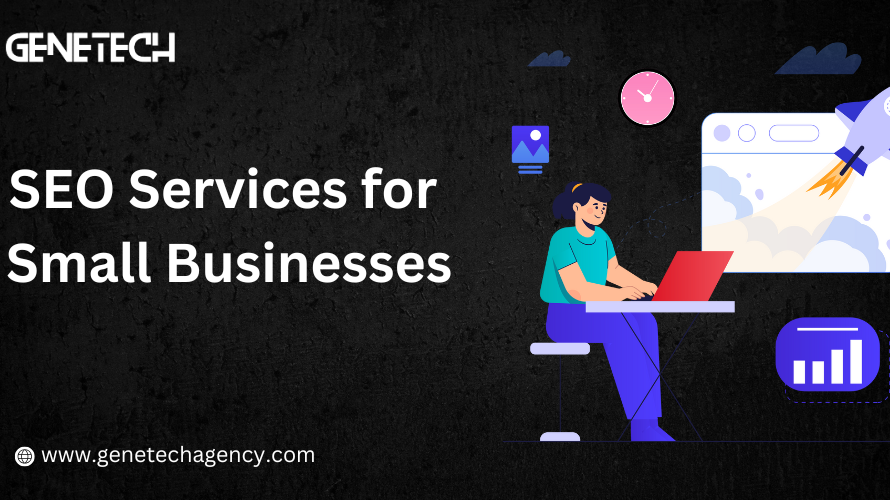E-mail showcasing proceeds to be one of the foremost successful instruments for businesses to reach their group of onlookers, sustain leads, and drive sales. However, to urge the foremost out of email marketing endeavors, simply sending the same message to everyone on your list isn’t sufficient. Personalization and pertinence are key, and this can be where e-mail list division comes into play.
Mail list division includes separating your supporter list into littler, more focused on bunches based on particular characteristics, behaviors, or inclinations. By doing this, businesses can send more personalized emails, driving to higher open rates, click-through rates, and eventually, transformations. In this web journal, we’ll investigate the most excellent hones for mail list division to assist you maximize the viability of your campaigns.
-
Segment Based on Demographics
Socioeconomics are one of the foremost direct and successful ways to section your e-mail list. Age, sexual orientation, area, salary level, work part, and instruction level can give important bits of knowledge into what sort of substance your gathering of people will reverberate with. For case, a design retailer may need to send diverse e-mail campaigns to male and female supporters based on their item inclinations.
. Best Practice Tip: When collecting demographic data, be mindful of the user experience. Ask for only essential information during the sign-up process to avoid overwhelming subscribers. You can always request additional details later through surveys or preference centers.
-
Segment by Purchase Behavior
Analyzing past purchase behavior can reveal important insights that allow for highly targeted email campaigns. If someone has previously bought a specific product, you can send them recommendations based on that purchase. Likewise, you can reach out to inactive customers with win-back campaigns or provide loyal customers with exclusive offers.
Best Hone Tip:
Section your clients based on distinctive stages of the buyer’s travel, such as:
Modern clients who have made their to begin with buy.
Faithful clients who make visit buys.
This makes a difference guarantee that your informing is important to where they are in their client lifecycle.
-
3. Segment by Email Engagement
How your subscribers interact with your emails can tell you a lot about their interests and level of engagement with your brand. Segmenting based on email engagement allows you to differentiate between active and inactive subscribers.
For case:
Exceedingly locked in supporters:
These are the individuals who reliably open and press through your emails. You’ll remunerate their devotion with elite substance or extraordinary offers.
Inert subscribers:
These are people who haven’t opened or associating with your emails in a whereas. Send them a re-engagement campaign to reignite their intrigued, or consider expelling them from your list on the off chance that they remain inert.
Best Practice Tip: Set up automation to move subscribers into different engagement-based segments dynamically. This way, you can always send appropriate messages based on their current behavior
-
Segment by Customer Preferences
Giving your subscribers control over the type of content they want to receive can be incredibly effective. This segmentation can be based on preferences that subscribers specify during sign-up or through a preference center.
For example, if you send newsletters on various topics like product updates, industry news, or educational content, let your subscribers choose which topics they are interested in. That way, they’ll only receive emails that are relevant to their preferences.
Best Practice Tip: Encourage subscribers to update their preferences regularly, especially if you launch new product lines or services. Send them reminders about your preference center, making it easy for them to tailor their email experience.
-
Segment by Geographical Location
Segmenting based on location is particularly useful for businesses with physical stores or events. By tailoring content to specific geographical areas, you can promote local events, store openings, or location-specific offers.
For example, a global brand might send different promotions based on regional holidays, weather conditions, or time zones. Offering time-limited promotions based on a subscriber’s time zone ensures that no one is left out.
Best Practice Tip: Make sure your email templates support dynamic content, such as location-based images or offers, to provide a truly personalized experience for each geographic segment.
-
Segment by Website Behavior
Tracking how subscribers interact with your website can offer key insights for segmentation. If a visitor spends time looking at specific products or blog posts, you can use this data to create hyper-targeted emails that align with their interests.
For example, someone who frequently visits a product page but hasn’t made a purchase can be sent a discount code or free shipping offer to encourage conversion.
Best Practice Tip: Use website tracking and integrate it with your email marketing platform to create automatic triggers. These can send targeted follow-up emails based on specific actions a user takes on your site, such as abandoning their cart or browsing certain product categories
-
Segment by Email Frequency Preference.
Another excellent way to improve subscriber engagement is by allowing users to choose how frequently they want to hear from you. Some subscribers might prefer daily updates, while others might only want to receive your emails weekly or monthly.
Giving your audience control over email frequency reduces the chances of them feeling overwhelmed by too many emails and unsubscribing.
Best Practice Tip: Include frequency options in your preference center, and clearly communicate these choices during the sign-up process. This will ensure that you meet your audience’s expectations without overwhelming them with too many emails.
-
Segment by Interests and Hobbies
Knowing what interests or hobbies your subscribers have can allow for more personalized content. For example, if you’re an online retailer selling a variety of products, understanding which product categories your subscribers are interested in allows you to focus your efforts on what matters most to them.
Best Practice Tip: Send surveys or quizzes to your subscribers to gather more data about their hobbies and interests. This not only helps with segmentation but also makes your subscribers feel like they are contributing to a more personalized experience.
-
9. Segment by Customer Value
Segmenting your email list based on customer value helps you allocate resources where they’ll have the biggest impact. High-value customers who spend more or buy more frequently might be good candidates for loyalty programs or exclusive VIP offers, whereas lower-value customers could receive more general marketing messages.
Best Practice Tip: Set up automatic segmentation based on customer lifetime value (CLV). This way, you can prioritize high-value customers with special offers, and at the same time, nurture lower-value customers toward higher spending
-
10. A/B Test Your Segmentation Strategy.
Finally, always be testing. Even with the best segmentation strategies, there’s always room for improvement. Conduct A/B tests to compare different approaches within your segmented lists. This can help you identify which segmentation strategies yield the highest engagement and conversions.
Best Practice Tip: Start by testing different subject lines, offers, or types of content within each segment. Track performance and use this data to continuously refine your email marketing campaigns.
Conclusion
E-mail list division could be a capable technique that can altogether boost the execution of your mail promoting campaigns. By isolating your endorsers into focused on bunches based on their characteristics, behavior, and inclinations, you’ll be able make more pertinent, personalized, and locks in mail encounters. Not as it were does this improve your brand’s relationship with its gathering of people, but it moreover increments the chances of changing over endorsers into steadfast clients.
Whether you’re segmenting by demographics, purchase history, or engagement, always remember to monitor the performance of your campaigns and refine your approach over time. With the right strategy, email list segmentation can take your email marketing to the next level, ensuring that your messages resonate with the right audience at the right time. devotion with elite substance or extraordinary offers.
Inert subscribers:
These are people who haven’t opened or associating with your emails in a whereas. Send them a re-engagement campaign to reignite their intrigued, or consider expelling them from your list on the off chance that they remain inert.
.



